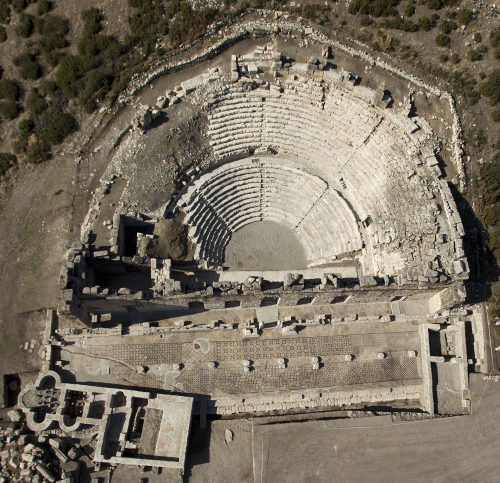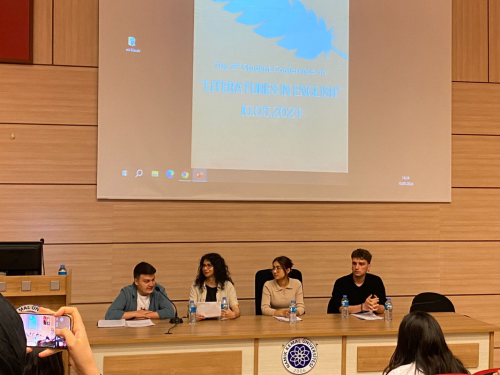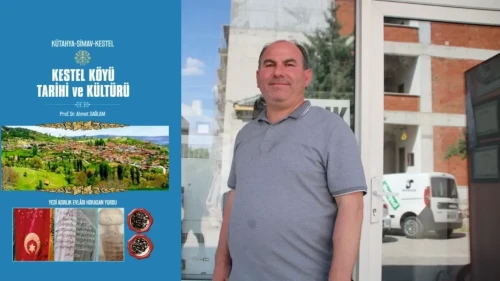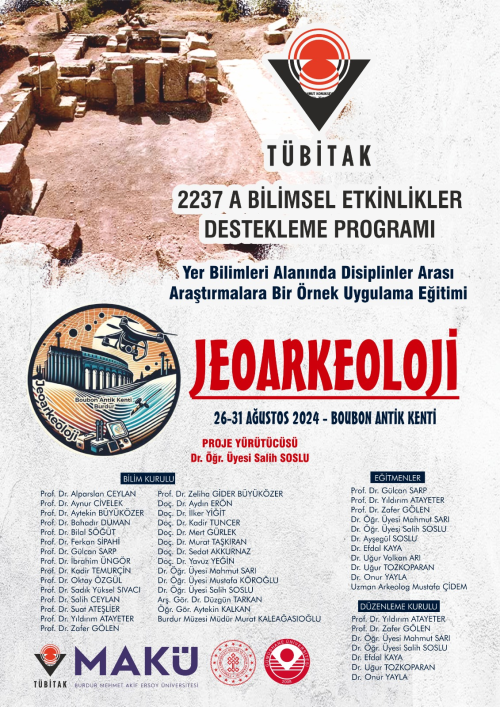Burdur Mehmet Akif Ersoy University Faculty of Arts and Sciences Department of Molecular Biology and Genetics faculty member Assoc. Prof. Dr. Füsun AKGÜL developed aLgaç together with undergraduate students as part of the Regional Development Focused Mission Differentiation and Specialization Program «An Innovative Food and Feed Additive as a Green Resource: Microalgae (YeYeM)» project.
Burdur Mehmet Akif Ersoy University Faculty of Science and Letters Department of Molecular Biology and Genetics faculty member Assoc. Prof. Dr. Füsun AKGÜL, together with undergraduate students, developed aLgaç within the scope of the Regional Development Oriented Mission Differentiation and Specialization Program «An Innovative Food and Feed Additive as a Green Source: Microalgae (YeYeM)» project. aLgaç is an ecological application aimed at reducing the carbon dioxide ratio in the atmosphere and increasing the oxygen ratio by using carbon dioxide, the most important of the greenhouse gases whose emission is increasing day by day. The panel-type microalgae photobioreactor, named aLgaç, derived from the words algae and tree, has the capacity to capture and convert into biomass the amount of carbon dioxide captured by 5.6 25-year-old trees in one day. aLgaç, which meets its electricity needs with a solar energy system, is a self-sufficient closed system designed to operate with minimal consumption. aLgaç is designed to be used in situations where air pollution is intense, and there is no space or time for afforestation. It can be used as an alternative carbon capture source in large cities where vehicle and population density, and therefore carbon dioxide emissions, are high. Although there are a few examples of aLgac in the world, aLgaç is the first and only one in our country. Designs made with small volumes can be widely used in crowded indoor spaces such as hospitals and schools to increase oxygen concentration. Project manager Assoc. Prof. Dr. Füsun Akgül said the following about her project:
“We know that three-quarters of the world is water, and in these wetlands live photosynthetic organisms responsible for primary production, which we call microalgae and macroalgae. Algae are the organisms with the highest biomass in nature, and studies show that 70% of the oxygen in the atmosphere is produced by algae. On the other hand, the ratio of carbon dioxide, the most important of the greenhouse gases in the atmosphere, is increasing day by day and causing global warming. This situation leads to climate disasters and changing weather events. Research and predictions foresee that our country's total CO2 emissions will increase by 66% by 2050 compared to 2018 levels, reaching approximately 700 million tons. The European Union aims to zero carbon emissions and be climate-neutral by 2050 within the scope of the Green Deal agreement, which Turkey also signed in 2019. We believe that our country should not stay away from these concepts of green economy and green transformation and should work in this field. With this thought, we designed aLgaç, derived from the words algae and tree. We designed a panel-type photobioreactor with a microalgae species with a high carbon dioxide capture rate and high biomass productivity. We thought of it as an innovative solution that can be used in metropolises with high carbon dioxide emissions, in areas where there is not enough time and space to plant trees. According to our biomass productivity calculations, it has the potential to capture the amount of carbon dioxide captured by 5.6 25-year-old trees in one day. It is an ecological and economical design with no energy consumption. Additionally, the microalgae biomass we obtain as a result of the culture is a high value-added product with the potential to be used as a feed additive or biofertilizer. Moreover, our project serves the 3rd Health and Quality of Life, 7th Accessible and Clean Energy, 11th Sustainable Cities and Communities, 13th Climate Action, and 15th Life on Land Sustainable Development Goals, which aim to be achieved by the end of 2030, set by the United Nations, of which our country is also a founding member. In this respect, we aimed to create awareness for both our students and the public and our administrators by making a new study in the field of "microalgae biotechnology," whose importance is increasing in the world, and by involving our students in the process."
Aleyna GÜLŞEN, Ayşe Nur UĞUR, Batuhan GÜRAKAN, and Özge KORKMAZ, 4th-year students of the Department of Molecular Biology and Genetics, who took part in the project, stated that they were very happy to be involved in such an important project and that they wanted to work at a more advanced level in this field.
Diğer Haberler












